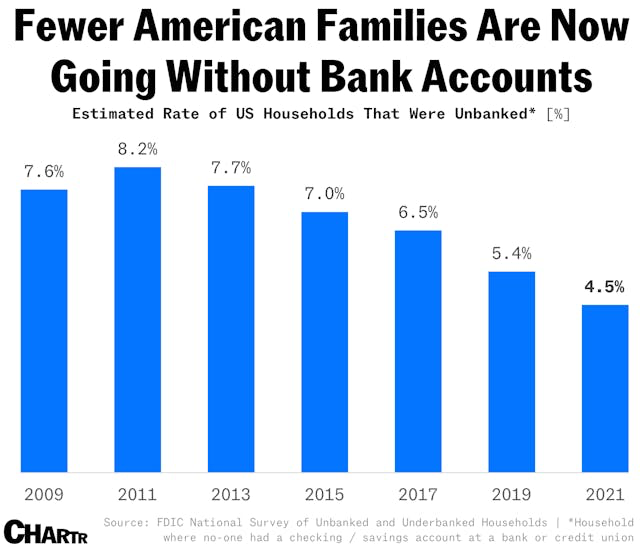The U.S. Treasury Department has released its first-ever National Strategy for Financial Inclusion, laying out an ambitious plan to help more Americans access and benefit from financial services. The strategy focuses on five key areas: expanding access to basic banking services, increasing access to affordable credit, promoting savings and investments, improving government financial services, and protecting consumers from predatory practices.
“Financial inclusion starts with equitable access to a range of financial products and services that are fair, safe, and useful in meeting individuals’ and households’ financial needs and goals, and also encompasses access to clear and trustworthy information that supports informed financial decision-making.”

Why It Matters for Community Banks & Credit Unions
While the strategy outlines broad national goals, it creates several specific opportunities for community financial institutions. Here are the key areas where community banks and credit unions can benefit:
-
Government Partnerships: The plan encourages government agencies to help consumers open bank accounts when receiving government payments. This creates partnership opportunities with local and state agencies to serve as preferred providers for benefits disbursement, tax refunds, and emergency assistance programs.
-
Alternative Data Recognition: The Treasury’s endorsement of alternative data and cash flow underwriting provides regulatory clarity for institutions looking to expand credit access. This opens the door for partnerships with fintech providers to implement these capabilities cost-effectively while meeting Community Reinvestment Act (CRA) requirements.
-
Funding Support: The strategy references expanded CDFI Fund and other capital access programs that could help smaller institutions fund technology modernization, product development, and community outreach programs.
-
FedNow: The Treasury’s support for expanding instant payments through FedNow creates a more level playing field for smaller institutions to compete with large banks on payment speed, potentially helping retain customers who might otherwise use fintech alternatives.
Next Steps
For community banks and credit unions looking to capitalize on these opportunities to better serve their communities:
- Partner with local government agencies to help distribute benefits and tax refunds, creating new customer relationships while providing essential community services
- Leverage newly endorsed alternative data approaches to safely extend credit to “credit invisible” customers who may be creditworthy but lack traditional credit histories
- Tap into available funding programs to enhance your digital capabilities and expand services to underserved areas in your community
- Use FedNow to offer instant payments, helping local customers and small businesses better manage their cash flow
- Design targeted lending programs for underserved segments of your community, building on your local knowledge and relationships
The Treasury’s effort may create opportunities for community financial institutions to do what they do best: serve their local communities with personalized solutions. By taking advantage of these new programs and regulatory clarity, community banks and credit unions can expand their impact while growing their business.
That’s it for this spooky week. They’re coming to get you Barbara, or at least your job, even if you’re a classical cellist. Click below to let us know how we did:

